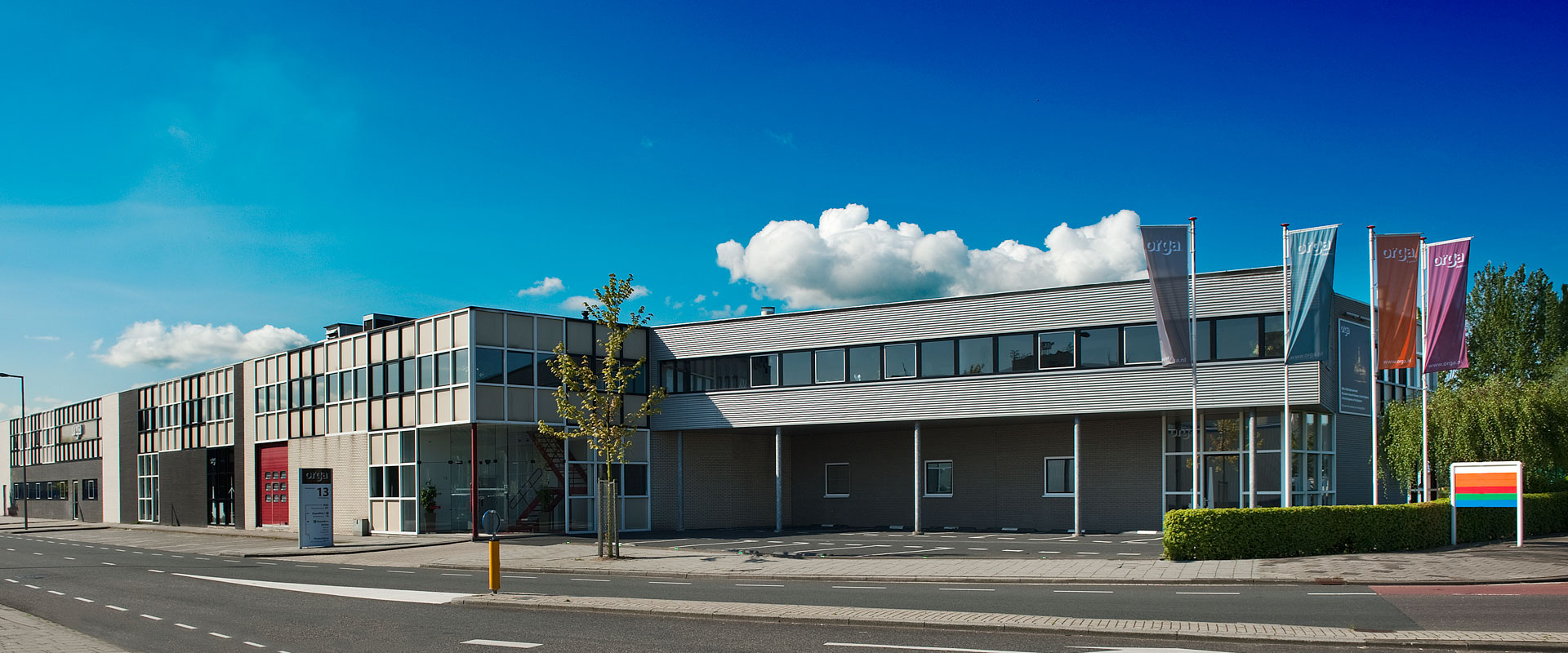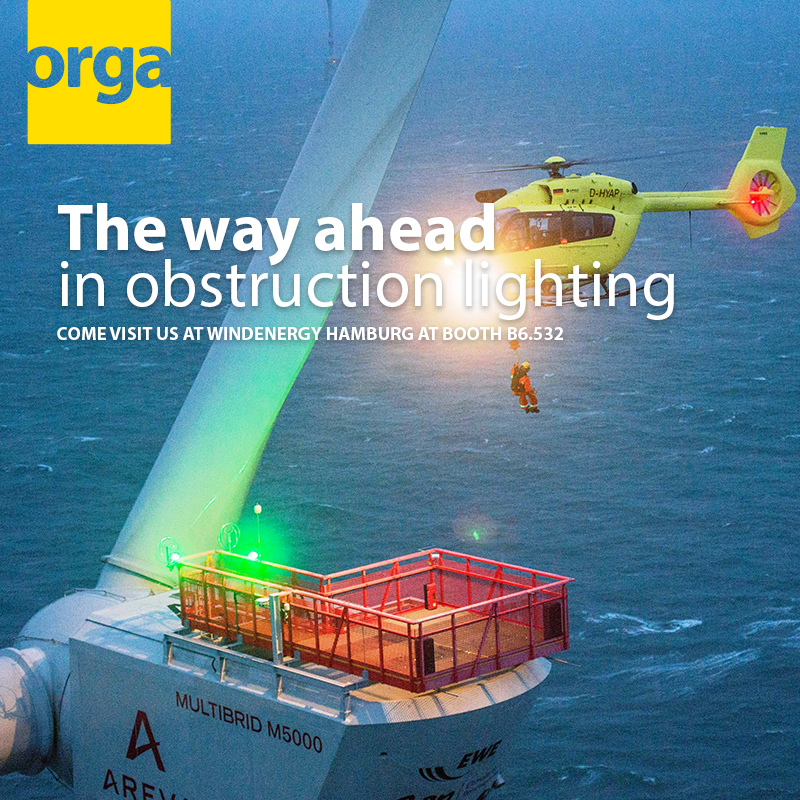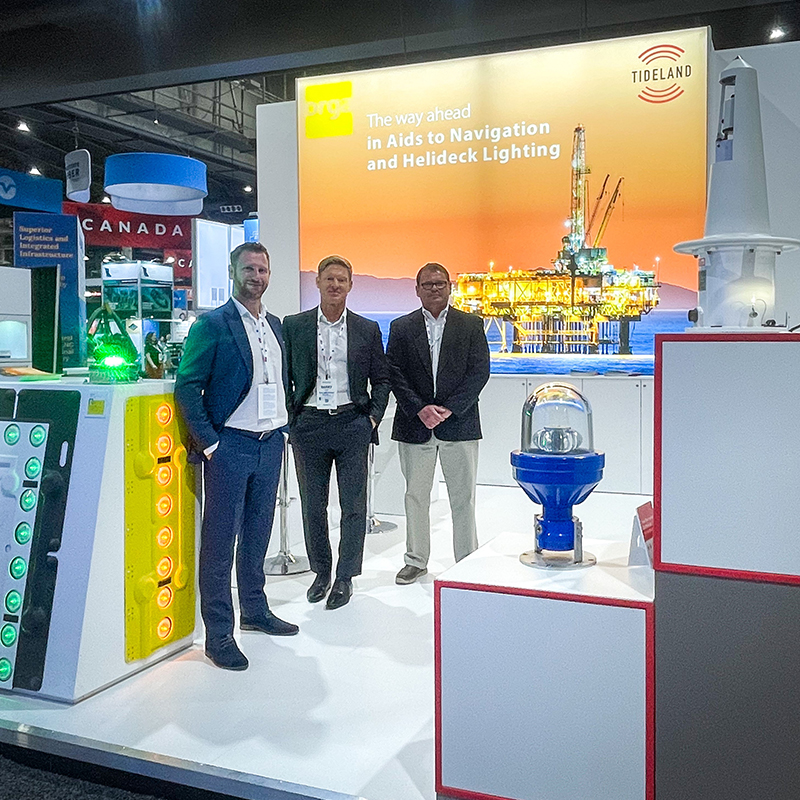Your quick guide to CAP437 helideck lighting requirements.
As you might know by now, the deadline approaches rapidly for the CAP437 helideck lighting specifications for offshore helideck landing areas in UK waters.
But what does this actually mean? What do you need to keep in mind when finding the appropriate solution for your deck? To guide you through this forest of requirements we’ve formulated a short list for you to find out in under a minute:
Certifications
- Photometric and colour requirements;
- Dimensions, size and height requirements
- Friction co-efficient requirements
- Vertical and shear loading requirements
- Hazardous area and ingress protection requirements
- Drainage and jet washing requirements
- Layout and mounting procedure
General mandates
- Annual re-test of friction on the helideck. For helidecks with a net, this means the removal of the net while testing and re-applying it afterword’s. This also goes for netted TD/PM lighting systems. Fixed systems with a certified friction co-efficient are excluded for testing and can be left in place.
- Where skid-fitted helicopters or DIFF (Deck Integrated Fire Fighting) systems are in use, landing nets are not allowed.
Keep in mind
- The system is only as good as it’s installation. Make sure the installation is performed correctly and according to the certified process. If not done correctly, this can result in a lot of downtime.
- When deciding on a specific system, consider not only the initial costs of material and installation but also the on-going operational costs that may arise with certain systems such as downtime due to the removal and re-installation of netted systems.
- As a mobile asset, you might want to keep the option open for skid based helicopters when moving somewhere else on contract.
- Has the system you are contemplating on proven its worth in real life situations?



